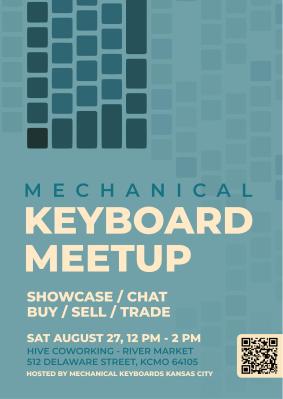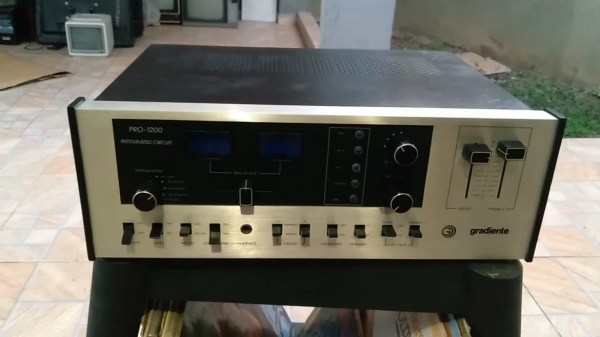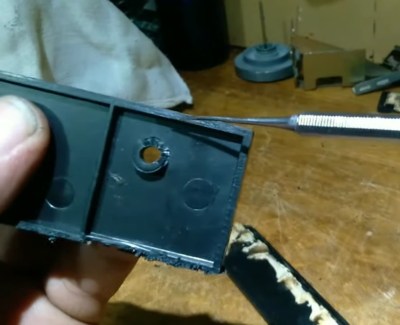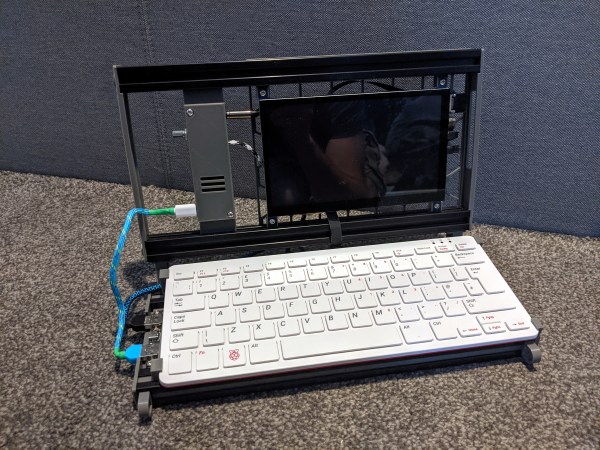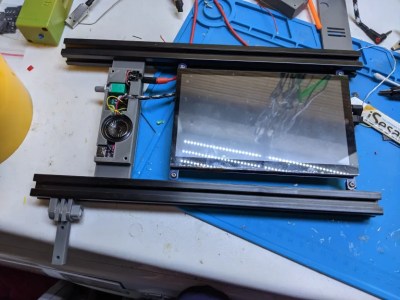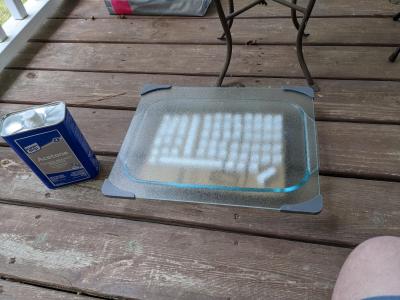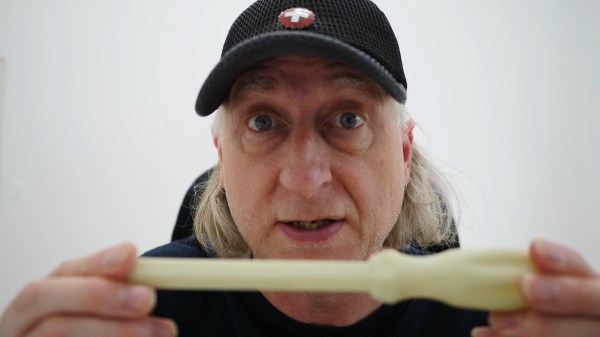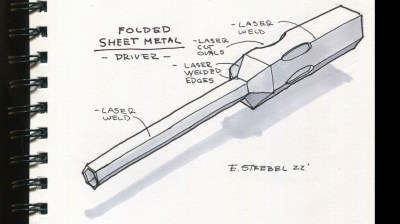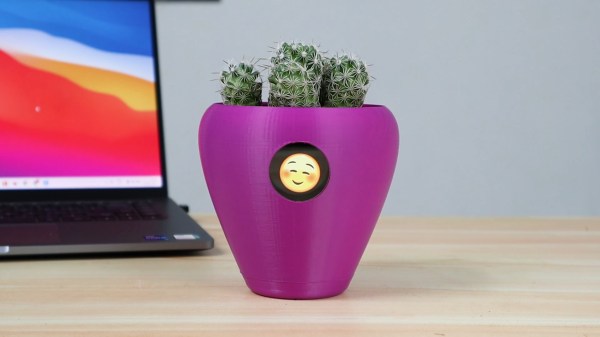This week, Editor-in-Chief Elliot Williams and Assignments Editor Kristina Panos met up on a secret server to discuss the cream of this week’s crop of hacks. After gushing about the first-ever Kansas City Keyboard Meetup coming up tomorrow — Saturday the 27th, we start off by considering the considerable engineering challenge of building a knife-throwing machine, the logistics of live-streaming on the go, and the thermodynamics of split-level homes.
This week, Kristina came up with the What’s-That-Sound and managed to stump Elliot for a while, though he did eventually guess correctly after the tape stopped rolling. Think you know what it is? Then fill out the form and you’ll earn the chance to win a genuine Hackaday Podcast t-shirt!
Later in the show, we look at a macro pad that breaks the mold, an ASCII terminal like it’s 1974, and a Z80 that never was (but definitely could have been). Stick around as we root for the CubeSats hitching a ride aboard Artemis I, and at last call on the ‘cast, it’s lagers vs. ales (vs. ciders).
Check out the links below if you want to follow along, and as always, tell us what you think about this episode in the comments!
Continue reading “Hackaday Podcast 183: Stowaway Science, Cold Basements, And Warm Beers”



